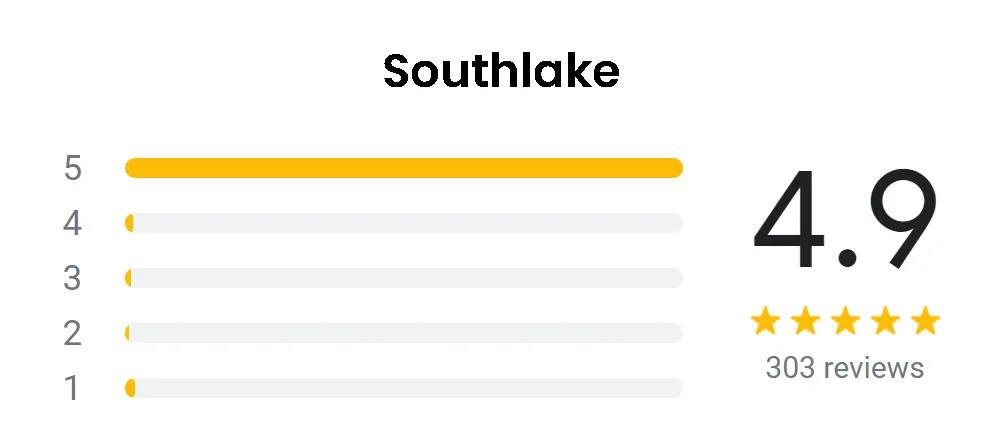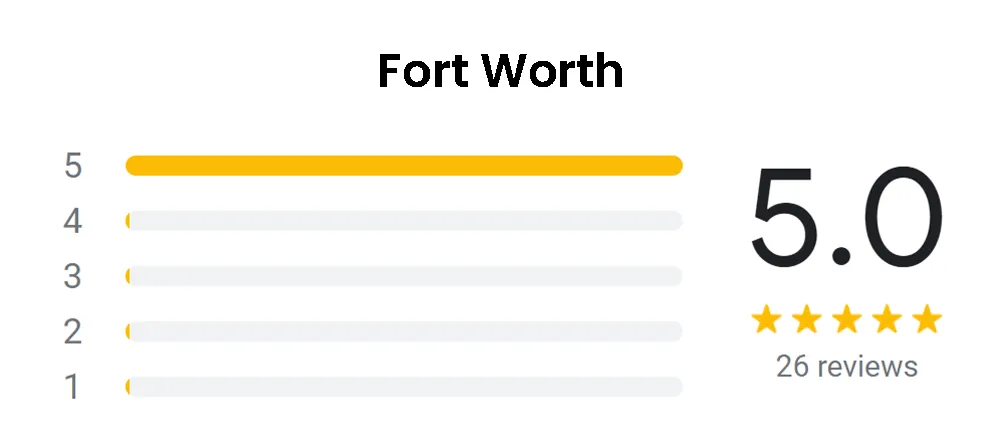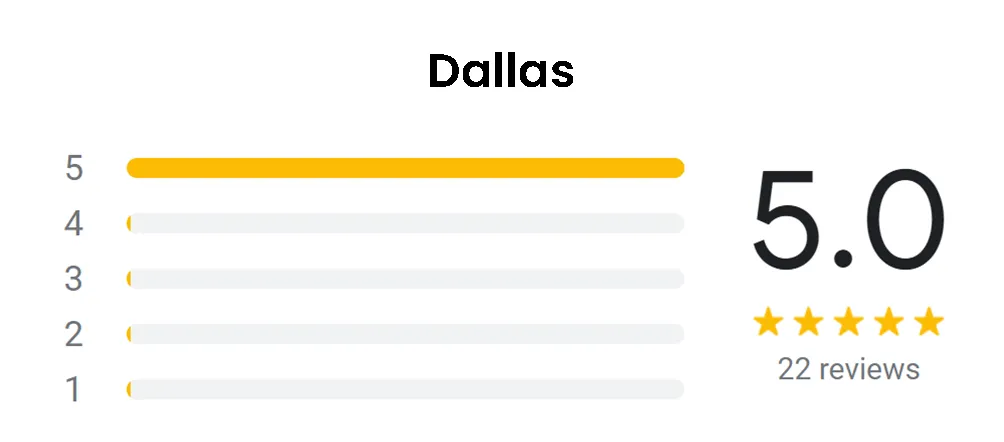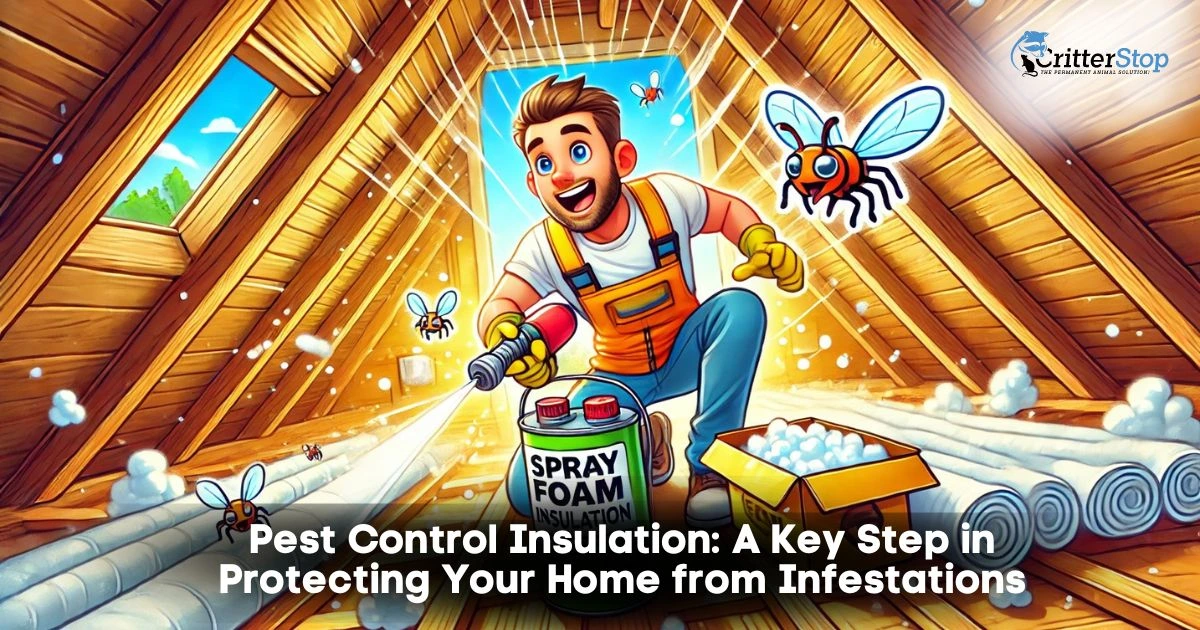
Pest control insulation is an essential aspect of maintaining a pest-free home. It serves not only as a barrier against unwanted pests but also as an effective way to enhance energy efficiency. Many homeowners are unaware that pests such as mice, termites, and insects can invade their insulation, leading to significant damage and increased energy costs.
Insulating materials can attract pests if not properly treated or maintained. The right type of insulation combined with pest control measures can significantly reduce the likelihood of infestations. Investing in pest control insulation leads to a healthier living environment and long-term savings.
Understanding the benefits of pest control insulation can help homeowners make informed decisions. By exploring options that integrate insulation with pest-resistant technologies, they can protect their homes and ensure effective pest management.
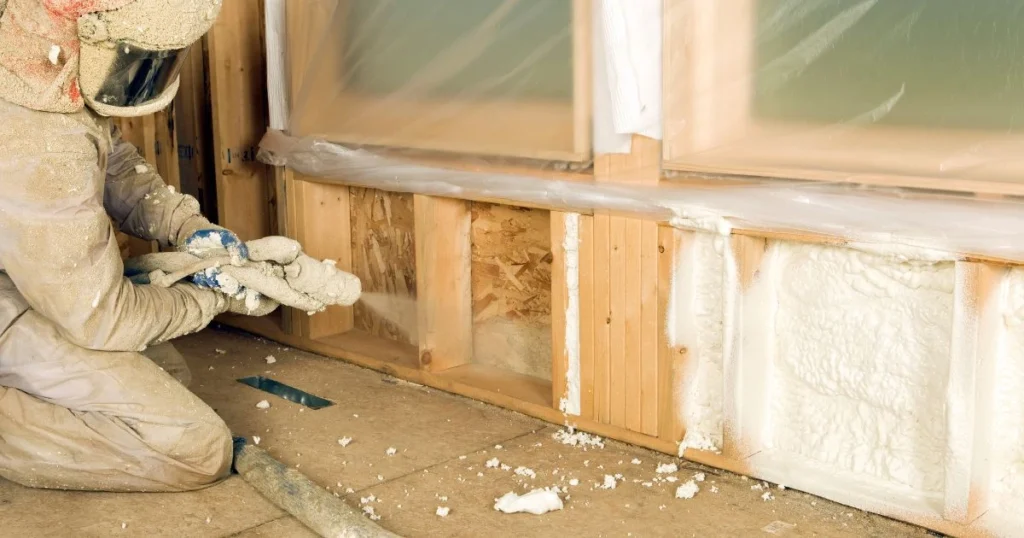
Pest control insulation plays a crucial role in protecting homes from infestations. It involves the incorporation of materials designed to deter pests while providing thermal protection.
Pest-resistant insulation options primarily include materials such as cellulose, fiberglass, and spray foam.
Each type has its advantages and suitability based on specific building requirements.
The use of pest-resistant insulation offers multiple advantages. It minimizes the risk of infestations, protecting structural integrity and reducing damage to wiring and plumbing.
Key benefits include:
Incorporating pest-resistant insulation ultimately leads to a more sustainable and comfortable living space.
Pest control insulation operates on two primary mechanisms: deterrence and barrier creation.
The treated materials release natural repellents that deter pests. Additionally, the physical properties of materials like spray foam create airtight seals, preventing entry points.
For example:
Together, these features work effectively to protect homes from a range of pests, ensuring a safer living environment.
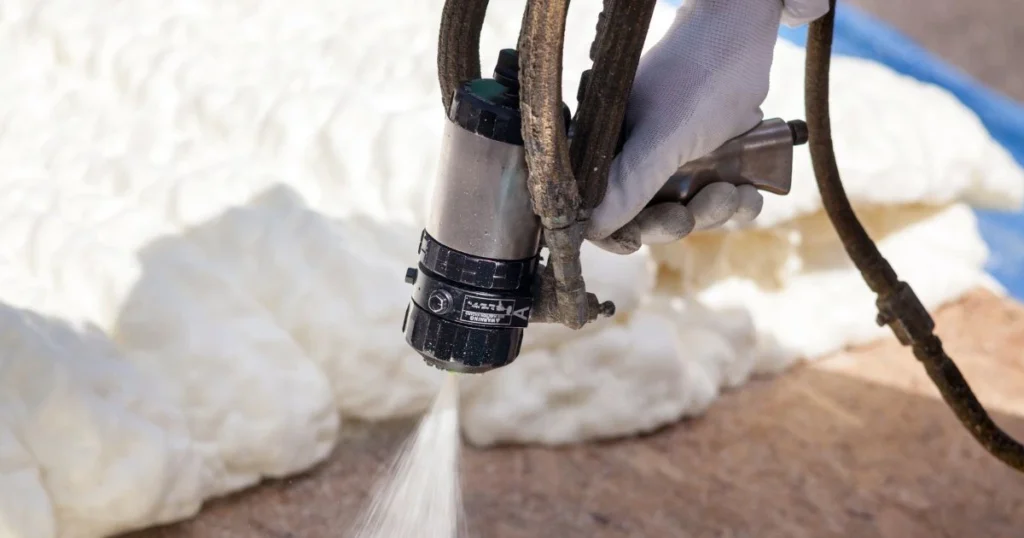
Selecting appropriate insulation plays a crucial role in pest management. Understanding various materials and their effectiveness against specific pests helps in making informed decisions.
Several insulation materials offer varying levels of pest resistance. Key options include fiberglass, foam board, and cellulose.
For rodent control, choosing insulation that minimizes access points is essential.
Foam board is highly recommended due to its solid structure, which can help block entry holes that rodents may exploit. Its installation must be precise to ensure no gaps remain.
Cellulose also presents advantages, as it can fill cavities well, limiting nesting opportunities. It is treated with borate, making it less appealing to rodents.
Using a combination of these materials can enhance effectiveness. Ensuring proper sealing and choosing pest-resistant insulation types are vital strategies for keeping rodents at bay.
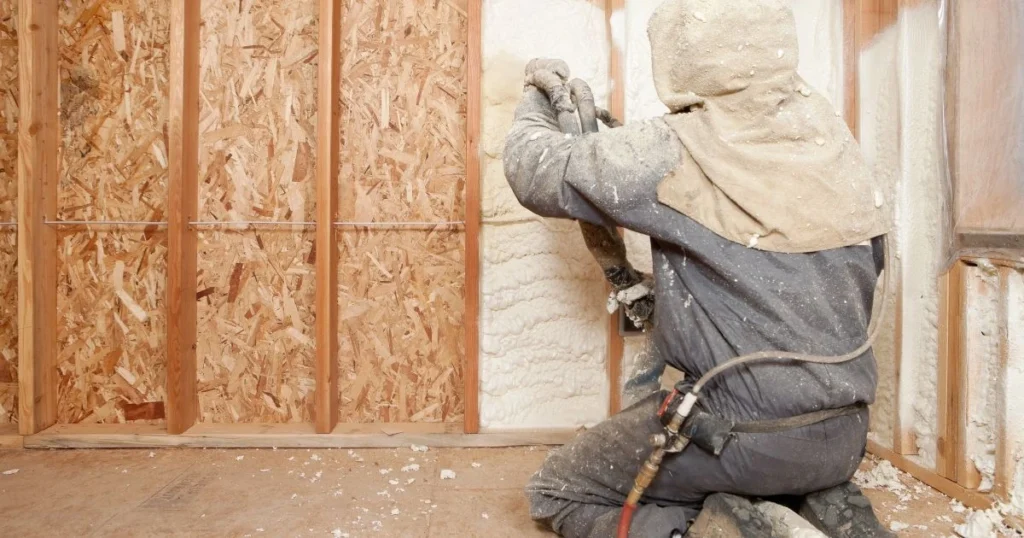
Installing pest-control attic insulation requires careful planning and execution. This process ensures that the insulation effectively deters pests while maintaining energy efficiency in the home.
Before installing pest control attic insulation, several factors should be assessed. First, it is essential to evaluate the attic's current state. Look for signs of existing pest infestations, moisture damage, or inadequate insulation. Any contaminants should be removed to create a safe environment.
Choosing the right insulation material is critical. Options include cellulose treated with pest-repellent chemicals, foam board, or spray foam. Each has unique benefits, such as thermal resistance and pest deterrence.
Proper ventilation must also be addressed. An adequately ventilated attic can help prevent moisture build-up, reducing the likelihood of pests. Therefore, ensuring vents are unobstructed is crucial to the effectiveness of the insulation.
When it comes to installation, homeowners can choose between professional services and DIY methods. Hiring professionals can ensure a thorough and efficient installation. They possess the expertise to identify potential problems and apply the best attic insulation for pest control.
On the other hand, DIY installation can be cost-effective. Homeowners can save money on labor costs and take control of their projects. However, DIY installation requires knowledge of safety practices and proper techniques. Mistakes could lead to inadequate pest control or damage to the attic.
Ultimately, the choice depends on budget, skills, and the extent of the project. For complex installations, utilizing professionals is advisable.

When considering pest control insulation, both the initial investment and potential long-term savings are critical for homeowners. Understanding these factors helps in making informed decisions regarding insulation options.
The upfront costs associated with pest control insulation can vary significantly. Typically, pest control attic insulation costs range from $1 to $3 per square foot, depending on the type of insulation material used.
Materials to consider include:
Installation labor can add $0.50 to $1 per square foot to these costs. Choosing a professional contractor may further influence the total investment.
Investing in pest control insulation can lead to significant long-term savings. An insulated attic can help maintain consistent indoor temperatures, reducing heating and cooling costs by up to 30%.
Furthermore, effective insulation minimizes pest entry points and the risk of infestations, leading to lower pest control expenses.
Potential savings include:
The investment in quality pest control insulation not only tackles pest issues but also enhances energy efficiency over time.

Regular maintenance is crucial for ensuring that pest control insulation performs optimally. Attention to detail during inspection and strategies to maximize its efficiency can significantly impact pest prevention.
After pest control insulation is installed, proactive inspection becomes essential. Regular checks help identify any signs of rodent activity or other pests that may compromise insulation effectiveness.
Key steps for inspection include:
Conduct inspections every few months, especially in areas prone to pest activity. Document findings to track changes and areas requiring attention.
To assure optimal performance, various practices can enhance the effectiveness of rodent-repellent insulation.
Prioritize these strategies:
Using quality rodent-repellent insulation can provide additional protection. Ensuring ongoing maintenance and such proactive measures can enhance the insulation's pest-repelling capabilities.

Ensuring health and safety during pest control insulation installation is essential for both workers and residents. Proper handling techniques and awareness of pest-related health risks contribute significantly to a safe environment.
Handling insulation requires attention to proper safety protocols. Workers must wear personal protective equipment (PPE) such as gloves, masks, and goggles to prevent inhalation of fibers and contact with skin.
Key handling tips include:
These practices not only protect individuals but also enhance the effectiveness of pest control insulation by maintaining its integrity.
Pests can significantly impact health when they infest spaces insulated for pest control. Rodents and insects often carry diseases that can be transmitted to humans. These include hantavirus from rodents and allergens from cockroaches.
Common health risks associated with pests:
To mitigate these risks, regular pest inspections and proper insulation techniques are recommended. Proper pest control insulation provides not only thermal benefits but also minimizes exposure to potential health hazards caused by infestations.
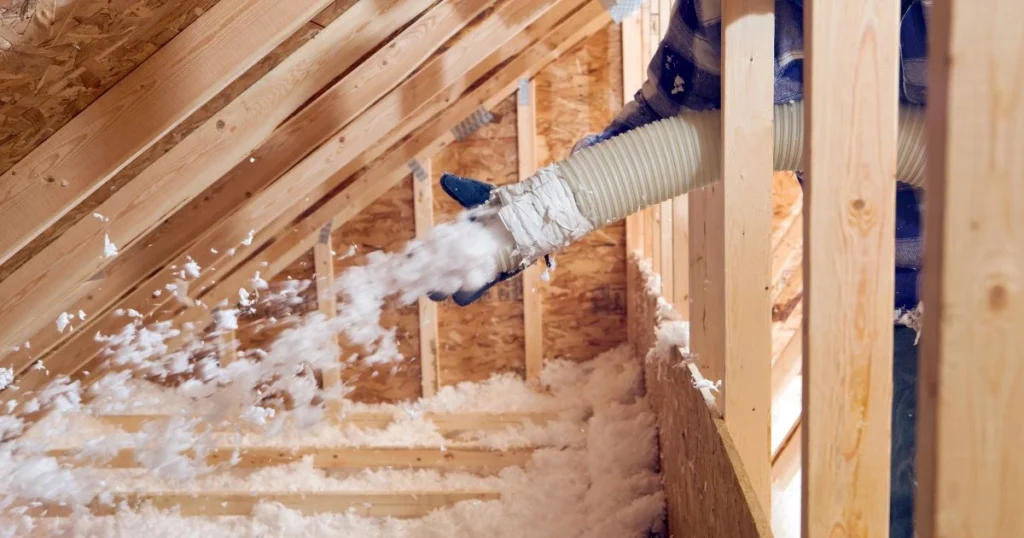
Pest control insulation can positively influence property value. Effective insulation protects against pest infestations, which can deteriorate a home's structure.
Benefits of Pest Control Insulation:
Conversely, homes without effective pest control solutions may suffer from lower property values. Potential buyers often factor in the costs associated with removing pests and repairing damage.
In regions prone to infestations, properties featuring advanced pest control insulation may stand out. They can command higher prices compared to comparable homes lacking these features.
Investing in attic insulation pest control can also provide a return on investment. Homeowners may recoup costs through increased property appeals, demonstrating a proactive approach to maintenance.
In summary, pest control insulation is a strategic enhancement that can maintain or increase a property's market value.
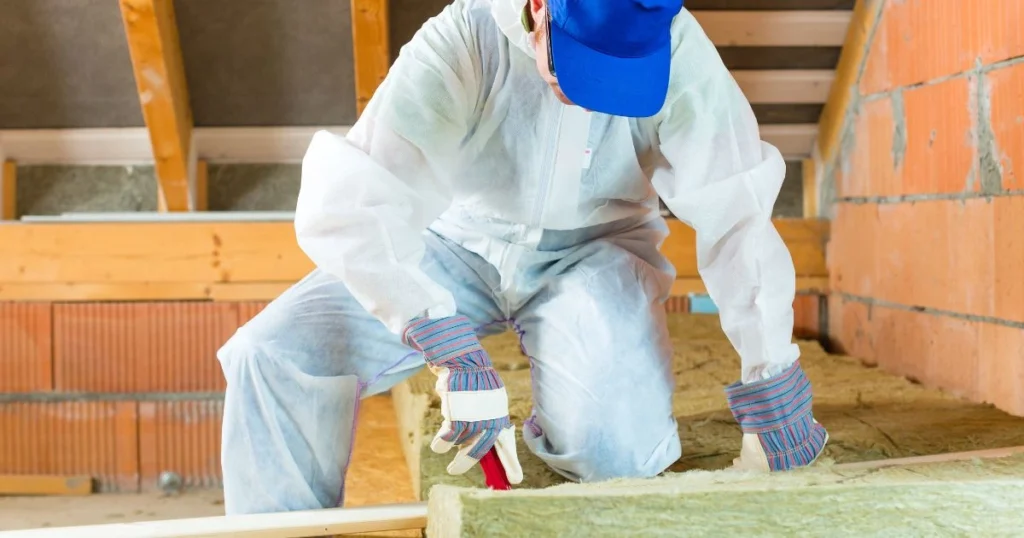
Pest control insulation has significant environmental implications, particularly concerning how it interacts with wildlife and pest management solutions. Sustainable practices can align pest management needs with ecological preservation.
Eco-friendly pest control solutions focus on minimizing harm to the environment while effectively managing pest populations. These methods often use natural ingredients and non-toxic materials, ensuring that insulation materials do not contribute to the degradation of local ecosystems.
Using pest insulation made from recycled or sustainable materials helps reduce waste. Additionally, effective insulation can prevent pests from establishing themselves in the first place, reducing the need for chemical treatments.
Critter Stop promotes humane wildlife removal as part of their services. Their reputation stems from high-quality work and exceptional customer service, earning positive reviews online. For a free inspection, contact Critter Stop at (214) 234-2616 to address any pest-related concerns responsibly.
This section addresses common inquiries regarding pest control insulation, highlighting its purpose, effectiveness, and cost considerations. Understanding these aspects can enhance the decision-making process for homeowners.
Pest control insulation serves as a barrier against various pests, preventing them from entering living spaces. Its design deters infestations by sealing gaps and offering materials that pests find unappealing.
Pest insulation specifically targets areas where rodents are likely to enter, such as attics and walls. By increasing the sealing of these areas, it reduces the chances of rodents accessing the home.
Rodent repellent insulation can be highly effective if installed correctly. It combines traditional insulation with treated materials that emit odors or textures repulsive to rodents.
Pest-resistant insulation is constructed from materials that resist infestation and damage from pests. Its durability and effectiveness in deterring vermin make it a preferred option for homeowners.
Several elements influence the cost of pest control attic insulation, including material type, insulation thickness, and installation complexity. Local labor rates and the size of the attic also play a significant role in pricing.
Attic insulation pest control is a proactive strategy that focuses on prevention rather than elimination. Compared to chemical treatments and traps, it can provide longer-lasting results without harmful substances.
Costs can vary significantly based on the local market, types of insulation materials, and specific contractor rates. On average, homeowners may expect to pay more for specialized pest-resistant options.
By minimizing entry points and repelling pests, insulation pest control significantly reduces the likelihood of infestations. It improves the home's overall resistance to pests, leading to a healthier living environment.
The best insulation for pest control typically includes resistance to moisture and mold, durability against damage, and treated materials to deter pests. Additionally, it should provide adequate thermal performance.
Spray foam insulation is often favored for its superior sealing properties and pest-resistant additives. Additionally, cellulose insulation treated with pest repellents can also be effective in preventing infestations.
Visit our Critter Library and learn more about our furry friends
